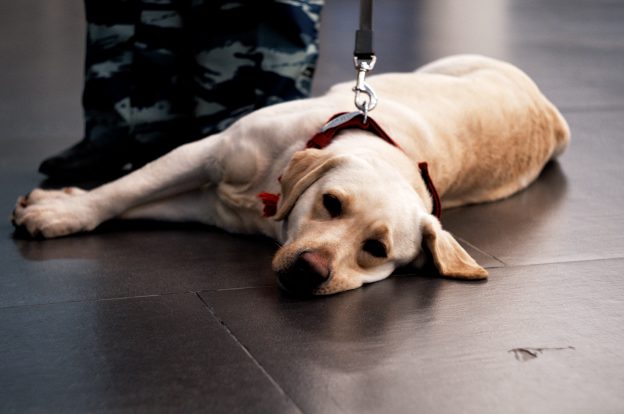Did you know you can sell all or a portion of a life insurance policy, even term insurance?
(3 Minute Read)
As we all cautiously head back out into the world, and business looks to get back on track as usual, the first thing some of us are itching to do is hit the open skies. For many seniors, airline travel is a part of their lives, especially when family is scattered around the country. But what would be a getaway without those furry family members, too? Let’s compare several of the most common airlines and learn what exact rules and restrictions apply to you and your pets on your flight.
General Regulations for Pet Air Travel
Though the FAA oversees air travel as a whole, the regulations for pet air travel are actually set by the United States Department of Agriculture. All airlines are required by law to follow these guidelines, though they may choose to enact additional regulations and fees.
- Making Advance Arrangements
It’s recommended that prior to booking, you contact the airline directly to ensure that there is space aboard the aircraft for your pet. Additionally, it’s a good practice to call once more 24-48 hours before departure to reconfirm. Keep in mind that while they are helpful reminders for the crew, these advance arrangements do not guarantee your pet on any flight. Airlines staff can choose to refuse transportation of any animal for issues like illness, incorrect carrier, or inclement weather conditions. Instead, these are more for the emotional wellbeing of the pet, to ensure as stress-free a travel day as possible.
- Pet Health Requirements
For the safety of your pets, yourself, and other travelers, the USDA has set requirements for acceptable healthy levels in air travel pets. First, your pet must be at least eight weeks old; they also must be finished weaning before any air travel. An important reminder: “Airlines will not transport animals that are violent, ill, or in physical distress.” In the likely event you and your pet are crossing state borders on your flight, you are required by the U.S. Department of Agriculture to have documentation of rabies immunization and a valid health certificate issued within 30 days of departure.
- Approved Pet Carriers
Much like child car seats, pet carriers are required both to protect and restrain your pet during the course of the flight. First and foremost, all pet carriers must provide enough room for the animal to stand, turn around, and lie down without discomfort. If your carrier does not allow this, the airline will have to refuse travel. Approved pet carriers should fit under the seat in front of you, and have a waterproof bottom, adequate ventilation, and grips or handles to keep hands out of the cage. Additionally, pet carriers must completely enclose the entire pet, meaning no wire carriers are allowed. If you’re unsure, contact your airline or review more specific regulations here.
Pet Travel Costs and Rules by Airline
Though the USDA regulations are required by law, airlines often have different prices or more specific rules that you’ll need to know before bringing a pet aboard a flight. Keep in mind that these rates and restrictions apply to pets, not service animals. These animals are covered by the American Disabilities Act and are permitted aboard all flights. However, documentation and other specifics may vary between airlines, so be sure to check for company policy.
American Airlines
Pets are allowed on board, but only small dogs and cats that fit inside a carrier. There’s also a $125 fee, or a $175 fee if they choose to have their pet fly in cargo, inside a carrier.
Delta Airlines
Pets, such as small dogs, cats, and even birds are permitted, but the fee may differ based on your destination.
Southwest Airlines
Small dogs and cats can be brought onboard for a flat fee of $95. However, only six animals are allowed onboard per flight, so it’s important that you make your arrangements for bringing a pet earlier as opposed to later.
United Airlines
United has a more open policy, allowing travelers to bring cats, dogs, rabbits, and birds for a $125 charge.
Flying with pets may have a lot of rules and red tape, but these regulations are in place to ensure the safety of your animal. Even if you’ve flown hundreds of times with an animal companion, these airline rules can change at any instance. In order to make sure there’s no confusion or arguments at the gate, just be sure to check with your airline and make sure you’re all set to go.
Did you know you can sell all or a portion of a life insurance policy, even term insurance? Selling an unwanted life insurance policy is no different than selling your car, home or any other valuable asset that will create immediate cash. Contact us today to learn more.
Leo LaGrotte
Life Settlement Advisors
llagrotte@lsa-llc.com
1-888-849-0887





